
Stockbyte/Stockbyte/Getty Images
When baking, yeast acts as a leavening agent and contributes to the rising of the dough. As it mixes with the other ingredients, it releases the carbon dioxide that causes the rise. If you are in the middle of baking and you discover you don’t have the yeast your recipe calls for, a common replacement is often right in your kitchen. When baking soda combines with the acid in lemon juice, it releases carbon dioxide and creates the same rising effect. While yeast is often added in the beginning of a recipe, this substitute must be added right before cooking in order to achieve the same results.
Combine the ingredients in your recipe, leaving out the yeast. While many recipes call for adding the yeast early, a baking soda and lemon juice substitute must be added last in order to allow for a proper reaction and release of carbon dioxide.
Cut the amount of yeast your recipe calls for in half. This measurement will be the amount of baking soda and lemon juice you need. For example, if your recipe calls for 2 teaspoons of yeast, you will need 1 teaspoon of baking soda and 1 teaspoon of lemon juice. Combine the lemon juice and baking soda in a bowl and whisk to help add air into the mixture.
Add the baking soda mixture to your other ingredients and stir to combine. Place the dough into your baking pan and bake immediately as directed in your recipe. While your recipe may call for the dough to sit out and rise, this step is not needed with the baking soda and lemon juice mixture.
Related Articles

How to Substitute Oleo for Cooking Oil ...

What Is a Substitute for Potassium ...

How to Bake a Cake Without Egg Whites

How to Freeze Unbaked Pies

How to Replace Flour With Oat Flour
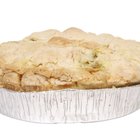
How to Pre-Bake Puff Pastry

How to Prepare French Toast in Advance
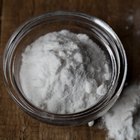
Substitution for Double-Action Baking ...

How Many Calories Are in Jiffy ...
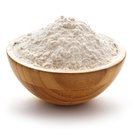
Can Jiffy Baking Mix Be Substituted As ...

Can You Substitute Egg Beaters for Eggs ...

How to Bake an Eggless Cake With a ...
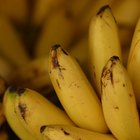
How to Replace Eggs With Applesauce, ...

How to Make Creamy Alfredo Sauce With ...

Can I Make Doughnuts From Frozen Yeast ...

How Does a Bread Maker Work?
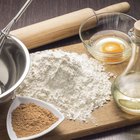
How to Stop Cakes From Dropping

Shortbread Cookie Recipe
Easy Cinnamon Roll Recipe

The Difference Between First and Second ...
References
Writer Bio
Deborah Lundin is a professional writer with more than 20 years of experience in the medical field and as a small business owner. She studied medical science and sociology at Northern Illinois University. Her passions and interests include fitness, health, healthy eating, children and pets.
Photo Credits
Stockbyte/Stockbyte/Getty Images